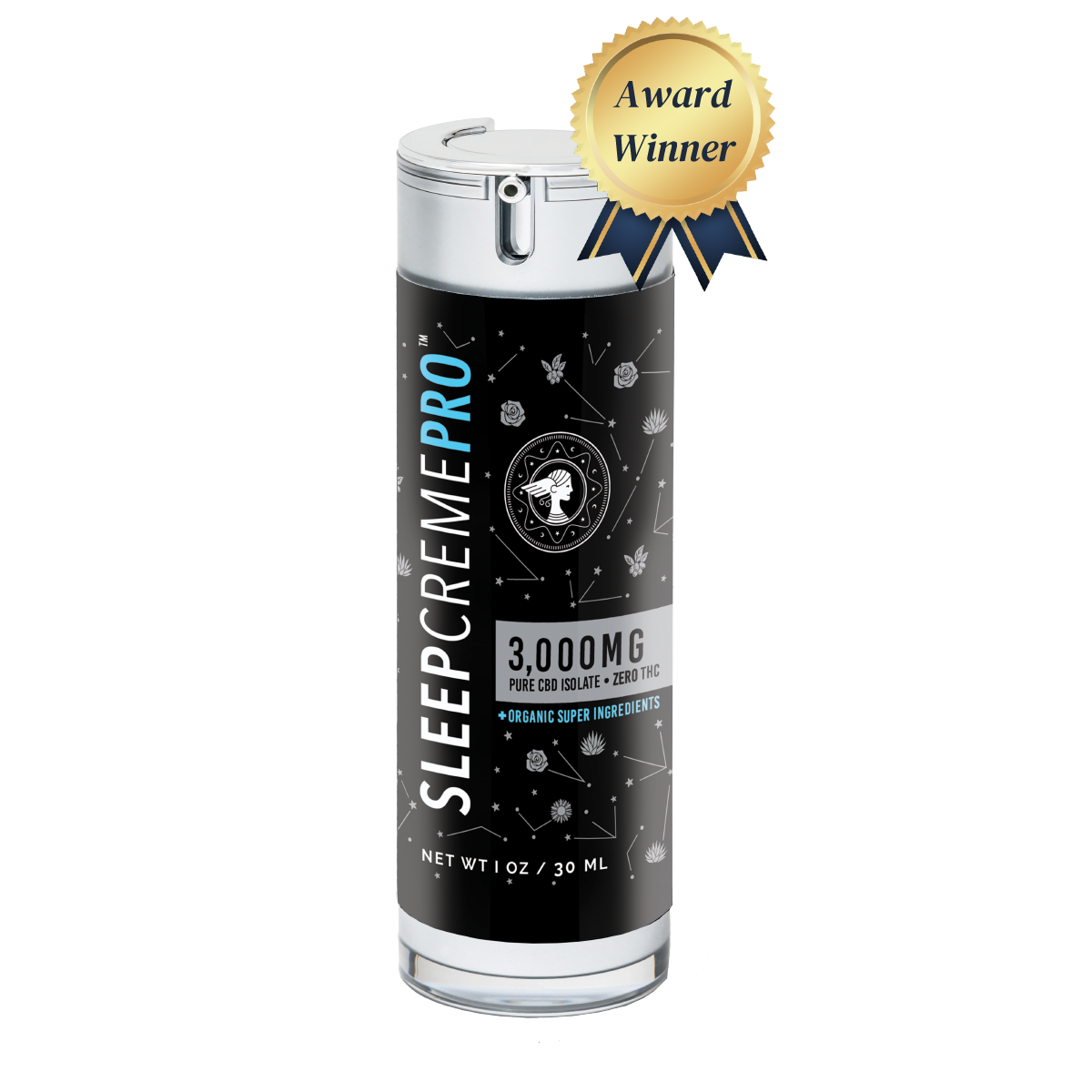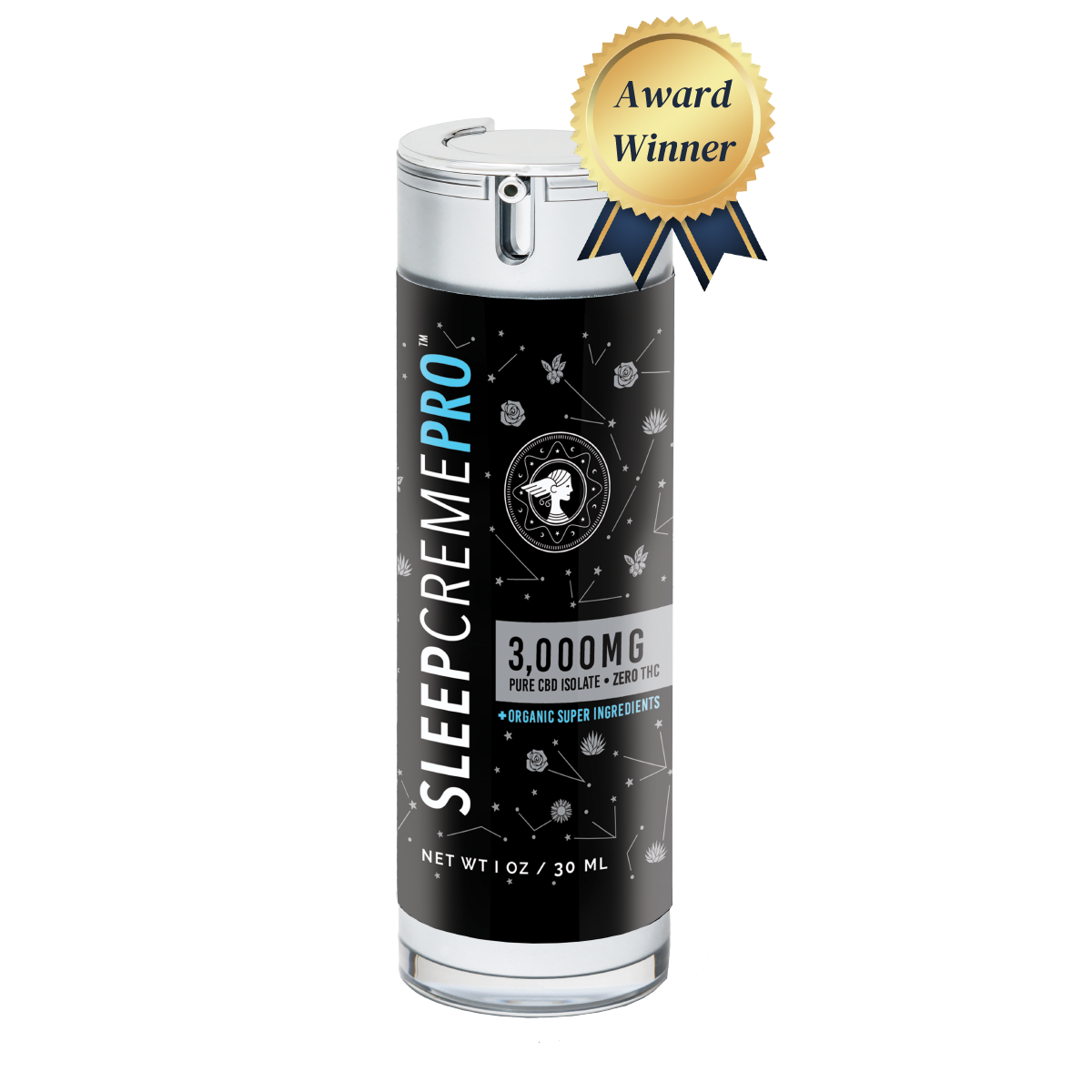7 Hidden Reasons You’re Struggling to Rest (and How to Fix Them)
We’ve all been there: tossing and turning, staring at the ceiling, wondering why can’t I just fall asleep? If you find yourself asking that question night after night, you’re not alone. According to the CDC, nearly one in three adults doesn’t get enough quality rest .
The truth is, there’s rarely a single culprit. Sleep is influenced by a complex mix of habits, environment, and health factors. The good news? Most of these can be addressed with small, intentional changes. Let’s break down seven of the most common hidden reasons you might not be sleeping — and what you can do about them.
1. Stress and Racing Thoughts
Your brain doesn’t always switch off when your head hits the pillow. Stress hormones like cortisol can stay elevated late into the night, making it difficult to drift off. In fact, a Sleep Health survey reported that 62% of adults lose sleep at least once a week due to stress .
Fix: Create a nightly “brain dump” ritual. Write down your to-dos for tomorrow, or practice a few minutes of deep breathing to lower stress levels. Pair this with a calming signal to your body — like massaging SleepCreme into your neck and shoulders — to help release tension and prepare for rest.
2. An Irregular Sleep Schedule
Going to bed at 10 p.m. one night and 1 a.m. the next confuses your circadian rhythm. Without consistency, your body doesn’t know when to trigger melatonin production, which can leave you lying awake long after bedtime.
Fix: Choose a bedtime and wake-up time you can stick to, even on weekends. Over time, your body learns when it’s supposed to power down and when it’s time to wake up. If you’re resetting your schedule, adjust gradually — shifting bedtime by 15 minutes every night until you reach your target.
3. Too Much Screen Time
Scrolling through your phone or watching late-night TV exposes your eyes to blue light, which signals your brain to stay alert and suppresses melatonin. Research from Harvard Medical School shows that blue light delays melatonin release twice as long as other wavelengths .
Fix: Power down devices at least 60 minutes before bed. Replace screen time with an analog routine — a book, journaling, or gentle stretching. Applying SleepCreme can be part of this ritual, replacing the stimulation of screens with a tactile, sensory cue that it’s time to wind down.
4. Your Sleep Environment Isn’t Helping
Your bedroom environment plays a bigger role than you might think. A room that’s too warm, too bright, or too noisy can make quality rest nearly impossible.
Fix: Optimize your space for sleep:
-
Temperature: Experts recommend between 60–68°F .
-
Light: Use blackout curtains or an eye mask.
-
Noise: White noise machines or apps can block disruptive sounds.
-
Scent: Calming aromas like lavender — found in SleepCreme — can reinforce the sleep signal for your brain.
A small change in environment can often lead to a big difference in sleep quality.
5. Hidden Dietary Triggers
Evening caffeine (yes, even in chocolate), spicy food, or alcohol can all disrupt your sleep cycles. You might fall asleep initially, but wake up later in the night as your body processes these stimulants .
Fix:
-
Stop caffeine intake after 2 p.m.
-
Swap out heavy dinners for lighter, balanced evening meals.
-
Hydrate throughout the day instead of chugging water right before bed.
-
If you enjoy a glass of wine, have it with dinner, not before bedtime.
Your digestion and sleep cycles will thank you.
6. Hormonal Changes
Perimenopause, menopause, and even monthly cycles can affect sleep by disrupting hormone balance and body temperature regulation. Night sweats, restless legs, and frequent waking are common .
Fix: If hormonal changes are a factor, consult your healthcare provider for support options. At home, focus on cooling strategies (breathable fabrics, fans, cooling pillows) and stress reduction. Many people find that pairing mindfulness practices with a topical relaxer like SleepCreme helps manage nighttime restlessness.
7. Sleep Hygiene Myths
Sometimes we sabotage ourselves by following outdated or unhelpful advice. For instance, staying in bed even if you can’t sleep can train your brain to associate your bed with wakefulness rather than rest .
Fix: If you can’t sleep after 20 minutes, get up and do a calming, screen-free activity until you feel drowsy again. Keep your bed reserved for sleep (and intimacy) to reinforce that connection.
Sleep hygiene isn’t about perfection — it’s about creating consistent, realistic habits that work for you.
Bonus: Quick Sleep Fixes That Actually Work
Sometimes you need a fast track to dreamland. Try these proven techniques:
-
4-7-8 Breathing: Inhale for 4 counts, hold for 7, exhale for 8.
-
Progressive Muscle Relaxation: Tense and release each muscle group from your toes upward.
-
Visualization: Imagine a calming scene, like waves rolling onto a beach.
-
SleepCue Ritual: Build one consistent action that always signals “bedtime.” For many, applying SleepCreme becomes this cue.
FAQs: Common “Why Can’t I Sleep?” Questions
Q: Is it normal to wake up at 3 a.m. and not be able to fall back asleep?
A: Yes — but it’s often a sign of stress, blood sugar dips, or an inconsistent schedule. If it happens regularly, try adjusting diet and stress management.
Q: How much sleep do adults really need?
A: Most adults need 7–9 hours per night, according to the National Sleep Foundation . Less than 6 hours consistently is linked to higher risks of heart disease, obesity, and anxiety.
Q: Does napping during the day make it harder to sleep at night?
A: Long or late-afternoon naps can disrupt nighttime sleep. If you need to nap, aim for 20 minutes before 3 p.m.
Bringing It All Together: Your Personal Sleep Checklist
If you’re lying awake wondering, Why can’t I sleep? — start by asking which of these seven reasons might be interfering with your nights. Often, it’s a combination of two or three factors working against you.
Here’s a simple nightly checklist to try:
Shut down screens 1 hour before bed
Write down tomorrow’s top 3 tasks to quiet your mind
Dim the lights and lower the thermostat
Apply SleepCreme to your temples, neck, or shoulders as your final step
Get into bed only when you’re ready to rest
Small, consistent changes can transform restless nights into restorative sleep.
Final Thought
Sleep is not a luxury — it’s a biological necessity. By addressing the hidden reasons behind your sleepless nights, you can reclaim your evenings and wake up refreshed.
And when you need that extra nudge, SleepCreme is here to help. With concentrated CBD isolate, botanicals, and lavender, it supports your body’s natural relaxation so you can drift off with ease.
👉 Try SleepCreme tonight and see the difference a calm bedtime ritual can make.








